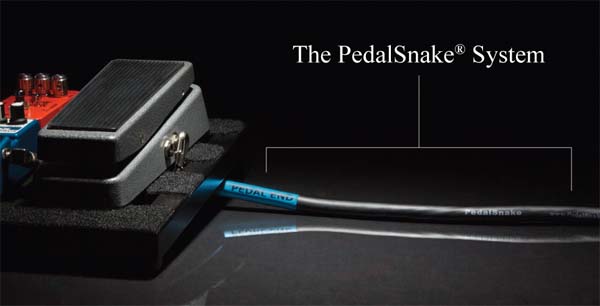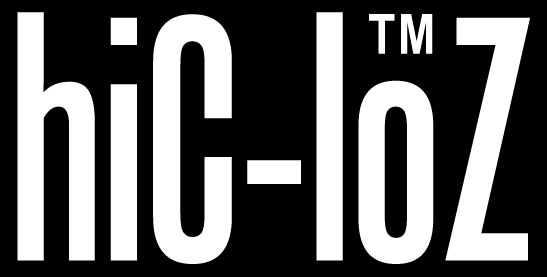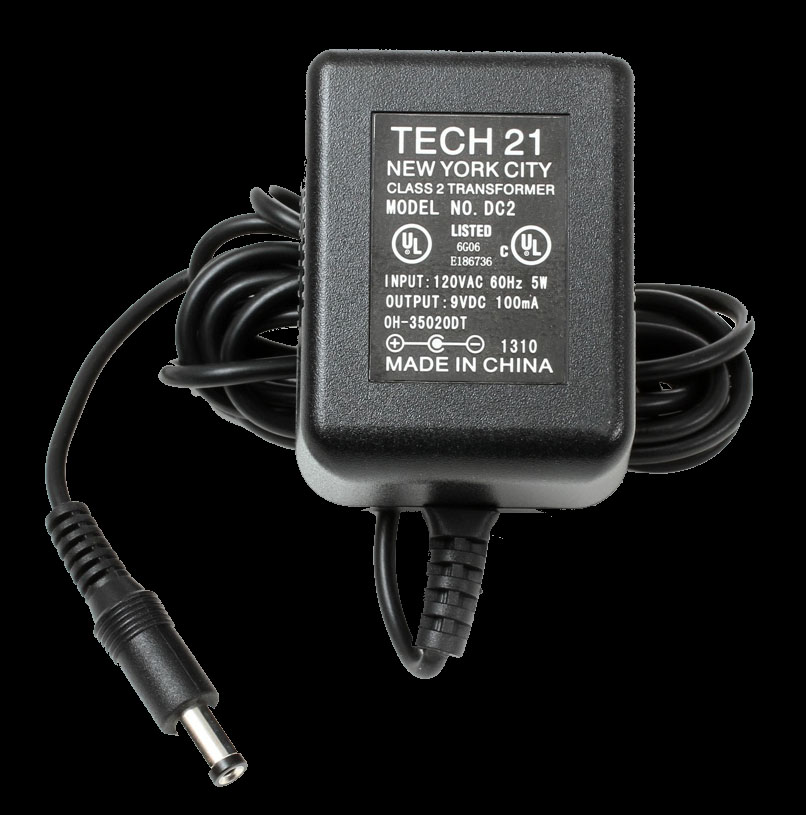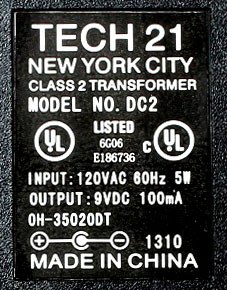|
|
|
|
Pedal Rig Tips
.
|
"These articles summarize some of the things I've learned from a lifetime of playing guitar, working as an electrical engineer, and doing customer support for PedalSnake, where I get to talk to guitarists with pedals all day long. You can learn a lot when you listen.
Jody Page, President and PedalSnake Inventor |
 |
|
|
|
|
|
|
Multi-Effects vs Stompboxes |
|
|
|
There was a migration towards multi-FX in the 1990's. But more recently the trend has been back to stomp boxes. There are now thousands of great sounding stompboxes out there. |
|
|
|
Players often debate whether to go with a multi-effects unit or several stomp pedals. Here is a brief comparison, with some of the pro's and con's of each.
|
|
|
|
MULTI-FX |
STOMPBOXES
|
|
All FX in a single unit = easy setup
|
You get one sound per stomp box (usually)
|
|
A single "program" can call up many FX at once
|
Each stomp box must be stomped individually
|
|
Players rarely like all the sounds inside
|
Each stomp box can be chosen for a sound you like
|
|
Some download sounds, others are impossible to change
|
It is easy change out stomp boxes, one at a time
|
|
Programming with menus can be slow and cumbersome
|
Turning a knob on a stomp box is fast and easy
|
|
Digital FX can sound less natural
|
Many analog FX sound better
|
|
Digital modeling of distortion has come a long way, but...
|
The best overdrives are analog, especially for lighter distortion
|
Pedal OrderDoes it matter? Yes. Time-based FX should come after any distortion happens. In other words, "delay the distortion" rather than "distort the delay". This is amp FX Loops were invented. If you get distortion from the front end preamp of a gain-master type amp, the FX Loop provides a way to put time-based FX after the preamp distortion, so their sound stays clean.
The main rules of thumb are: |
If you DO NOT use an FX Loop
|
 |
If you DO use an FX Loop
|
 |
Finally--Easy FX Loops |
|
|
Even though FX Loops can offer studio quality sound to your clean effects, folks shy away from them because of the 2 extra cables involved (send and return from the loop).
This is one of the great benefits of PedalSnake, because amps with FX Loops become just as easy to use as amps without them. Not matter what your rig, you run only one cable. |
 |
|
Should you use your FX Loop? If you: 1) Use distortion from your amp's front end preamp, and 2) Use clean time-based effects (like delay, tremolo, reverb, etc.)...then yes. See Pedal Order above. |
Pedalboard "Failures"?
|
This sounds weird, but its a fact, and happens all the time.
A thin layer of rust (see galvanic corrosion) can build up and cause your sound to crackle, fade, or stop altogether. When a suspect cable is wiggled, a crackle can usually be heard. As a result, many perfectly good cables get tossed out, when the rust could have been easily dealt with. Galvanic corrosion can happen to electrical contacts that experience these 3 conditions: 1. Low current (under 1000mA) pedals experience this 2. Low voltage (under 30V) pedals experience this 3. Connections remained plugged in a long period of time pedalboards experience this |
|
|
Pedals on pedalboards experience all 3! An electrical contact with all 3 of these conditions will slowly develop a thin layer of rust between the two mating contacts. This condition is improved if both sides of a contact use the same metal. Rust will happen slower. That is why the electronics industry has a quasi-standard of all connectors having nickel contacts.
But there is no gaurantee that all your connectors will be nickel. Bottom line...if all the plugs on your pedalboard don't get unplugged or moved periodically to break the rust layer, you may start to hear "pops", "crackles", and "fade-outs". (This is why whacking a failing device hard upside the head will often make it straighten up---the vibration broke through the thin rust layer). Fixing the problem is easy. Wthout even unplugging, gently twist the connector back and forth in its socket. It will crackle when you first twist, but it then stops. The metal was scraped clean...and it will stay that way for several more months. Over time though, periodic failures like this lead folks to believe that "fewer connections mean fewer failures". While this is technically true, it is rarely a factor with pedalboards. |
|
|
|
|
|
Why? A: Well-made cables on pedalboards generally do not break, because they aren't handled or stressed a lot. |
|
|
Most all pedalboard "failures" are due to this one thing...rust on the contacts. You can make your board totally reliable by twisting every plug (power too) back and forth in its socket a few times. If a connection was getting rustly, you will hear a crackle when you twist. But the crackle ceases once the contact is scraped clean.
Do this every 6 months, or before important gigs. Once the contacts are scraped clean, and you hear no more crackles, then to be totally sure, you can wiggle all your cables and listen for crackles. When that is quiet too, you are good to go. |
|
|
|
|
|
What about gold plugs? I was told they are better conductors, and prevent corrosion. Are they really better? A: Gold is not a better conductor. It will prevent corrosion, but only if both side of the connection are both gold. This means both the male plug on the cable, and the female jack on the device, just both be gold. This is never the case. Pedals and amps never have gold connector jacks.
Contrary to popular belief (again, sales hype), gold is not the best electrical conductor. That honor goes to silver. Copper is 2nd, gold is 3rd. Gold is a superior metal for electronics only because it does not corrode. But corrosion between electrical contacts is mostly due to galvanic corrosion, which happens faster between 2 contacts when contacts are not the same metal. So for gold to be of value, both mating contacts--male and female--must be gold. This is why critical, high-reliability applications, like medical equipment or electronics on the space shuttle, use all-gold contacts...on both sides. But the guitar gear industry, or most any other industry for that matter, does not use gold. The quasi-standard is nickel. (Actually nickel-plated brass in most cases.) Most all guitar amps, pedals, cables, etc. have nickel-plated connectors. So don't get guitar cords with gold plating on the plugs. It means gold will be contacting nickel, causing corrosion of the nickel to happen faster. Always get guitar cables with standard nickel plugs. You save money and will actually be more reliable. |
|
|
Noise: Types and Causes
|
This section became so informative and valuable, we enhanced it further and now offer the Guitar Noise Manual. |
"AC Adapters" (and other confusing names for "power supplies")
|
At PedalSnake, we think power supply, and even wall wart, are better terms to use. "AC adapter" or "power adapter" are popular terms, but they can be misleading. Power supplies do not "adapt" anything; they "transform" 120VAC wall-voltage to a low-voltage for pedals and other electronic stuff. |
|
|
Another confusing aspect of "AC adapter" is that most power supplies put out DC not "AC" power. So folks are often confused, thinking their "AC adapter" outputs AC, when in really outputs DC. In the pedal biz, Power Plug Adapters are often referred to as "power adapters", which is a better use for that term. So this is why we say "power supply", and we invite you to join us. |
|
How Many mA Do Pedals Really Draw?
|
A pedal will draw a certain amount of current (mA) from a power supply (or battery). This is NOT the same as the "mA" current rating of the power supply, which can be found on the label of the supply under "output". If a current is written by the pedal's power input jack, in "A" or "mA", the same applies. It is just telling you what size power supply to use. A pedal usually draws much less than the current rating of the supply powering it. This is why a power-chain powering several pedals from one supply can be very effective and economical. |
|
|
It is a good rule of thumb, however, to not stress your power supply to its limit. Staying at 50% or less will keep the supply running cooler, which will increase its reliability and extend its life. If you must, you can creep up to 75%, but just be aware there are limits. If you want to find out more accurately the amount of current you are drawing, check out The Power List online at Stinkfoot.se. For more, see Power Chaining is Fine (when done right). |
|
Back to Top
True-Bypass TruthsWhat is a True-Bypass Pedal? A pedal is "true bypass" if the FX circuit is completely bypassed when the pedal is stomped off. The input of the pedal is hardwired to the output, as if the pedal wasn't there. You can tell if a pedal is true-bypass. Play thru the pedal. Stomp the pedal off. Remove power from the pedal. if you can still hear your guitar, the pedal is true bypass. The signal will die when the pedal is stomped back on, and will come back again when power is reapplied. What is a Buffered Pedal? Buffered pedals are those which are not true-bypass. The electronic circuit is not bypassed when the pedal is off---just the "effect" is turned off in the circuit. This is done so that tone is not lost with long cables. The longer the cable, the higher the capacitance, and buffer-circuits (with a low output impedance, or "lo-Z") will push the guitar signal thru much more cable capacitance than a passive guitar pickup, which have a high output impedance (hi-Z). Buffers are usually 200 - 2,000 ohms, while guitar pickups are usually 6,000-14,000. So a buffer will drive at least 3 times more cable than a passive pickup; usually more. NOTE This is why you have to unplug the cable from the input of a buffered pedal to save the battery. Even if the "effect" is stomped off, the circuit is still on and will continue to drain the battery until you do unplug the cable. The Truth The first pedals made were true-bypass. But players quickly noticed a downside to the extra guitar cables needed when using pedals. When all the pedals were off, their sound became dull *(aka "tone suck", which is really just a loss of high end, or treble). This was because the cable capacitance got too high for a hi-Z guitar pickup. However, in the 1990's true-bypass pedals made a comeback. Some players thought buffer circuits "colored" their tone. This seems a bit odd, because true-bypass pedals still turn on the buffer circuit on when the effect is on. And active guitar pickups are buffers too, which they never complained about. But these players soon found that "all true-bypass" caused its own set of problems. When all the pedals are off, the capacitance of all the cables from ax-to-pedal-to-pedal-to-amp adds up (this includes short cables in between pedals). All the capacitance caused tone suck (once again). So they had to start limiting themselve to short, more expensive, low-capacitance cables. NOTE Tone suck mainly affects the pedal-chain that connects to a (passive) guitar pickup. A pedal chain in an amp's FX Loop should have a lo-Z output buffer in the FX Send output. An active pickup in an ax (requiring a battery) also has a buffered output. So, if you have all true-bypass pedals in your ax-to-amp-input chain, it adds up like this: |
|
|
|
This translates to a "virtual 55-foot cable" (when all pedals are off). This much cable will almost always cause tone suck when all the pedals are off, and the only thing driving the cables is a hi-Z passive guitar pickup. For this reason, most pedals today are buffered (not true-bypass), so we don't have to worry about cables. |
|
PedalSnake Introduces |
 |
|
Back to Top
PedalSnake® is the trademark name for Stage Magic's All-in-One Pedal Cabling Solution. Copyright © 2012 Stage Magic, Inc.




